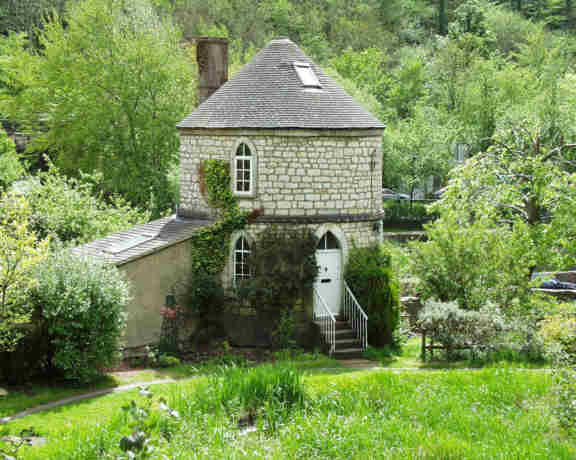Chalford Picture Gallery Back to T&S Canal Index
 The area in front of Chalford
Roundhouse was landscaped but has turned into a bit of a silt trap
leading to shallow water and excessive weed growth. A milestone
plate has been repositioned above the culvert outfall from Chapel Lock
nearby.
The area in front of Chalford
Roundhouse was landscaped but has turned into a bit of a silt trap
leading to shallow water and excessive weed growth. A milestone
plate has been repositioned above the culvert outfall from Chapel Lock
nearby.| To Picture Gallery
|
|
|
Maintained by: ken.burgin@pikelock.com |
Copyright © Ken Burgin 2002 - all rights reserved |